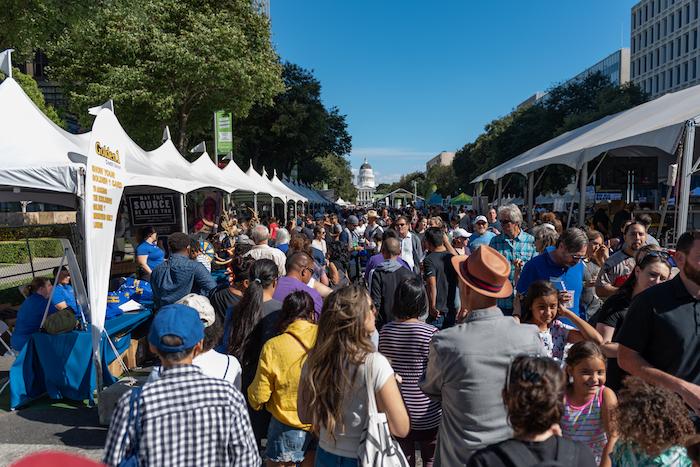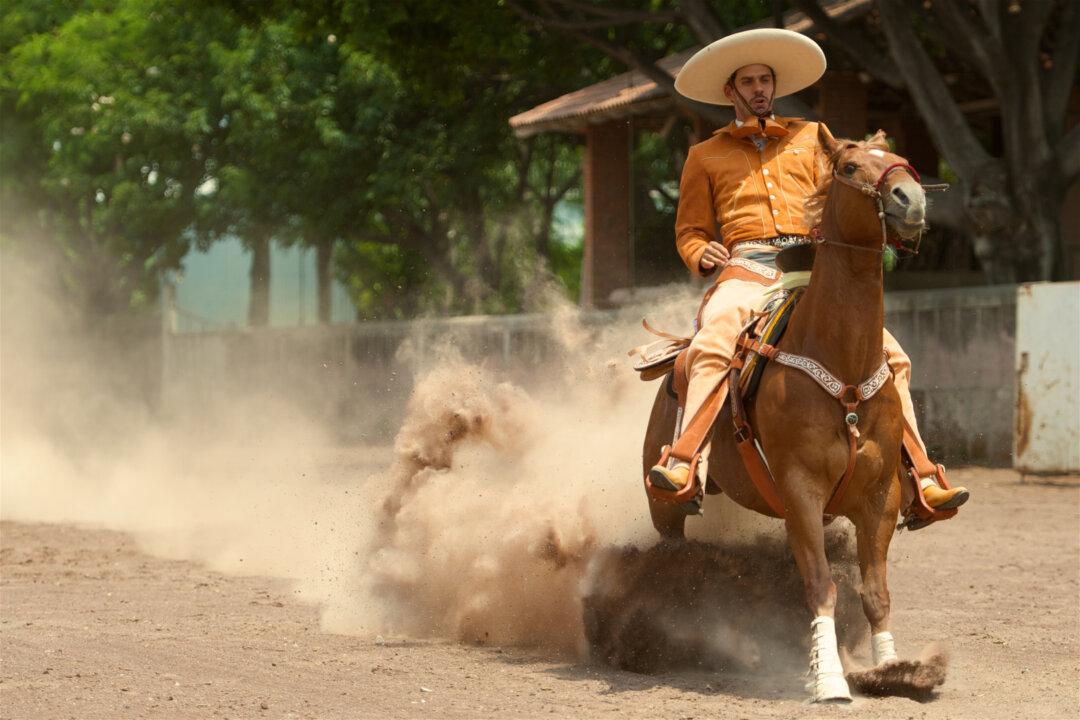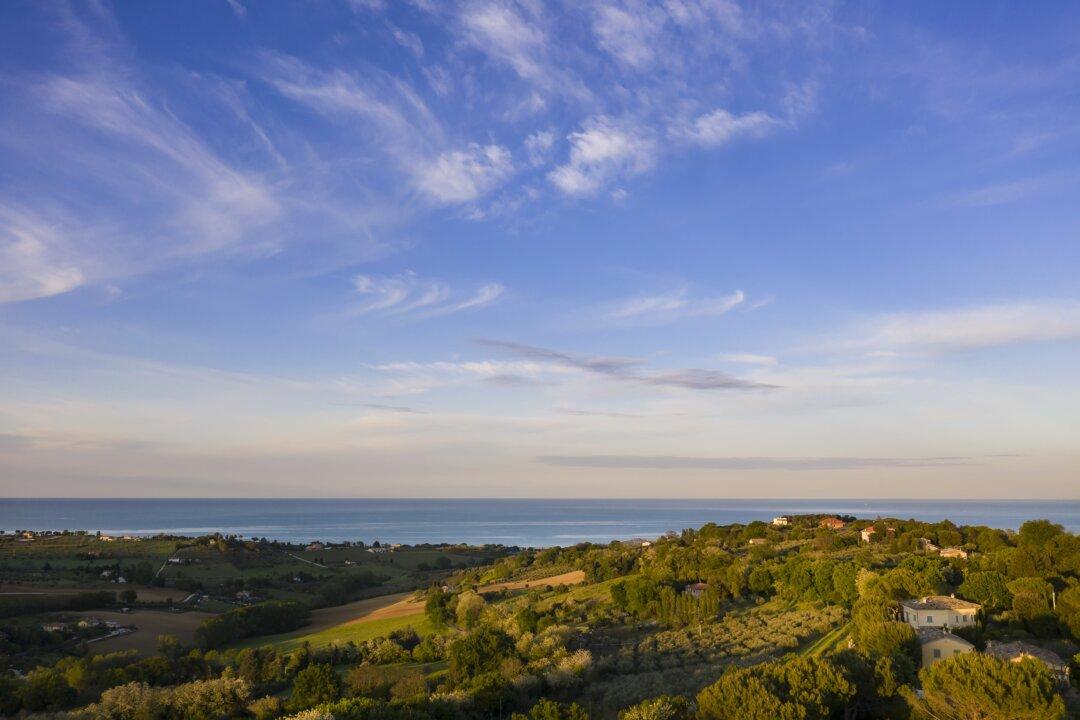SACRAMENTO, Calif.—It takes a special confluence of flavors and details to elevate a meal to “best I ate all year” contention. Sturgeon skin chicharrón, crunchy, salty and ingenious, and confit duck leg, served with cardamom and black pepper roasted figs, gets the conversation started. Nestle those between courses of fresh vegetables and lamb, and now we’re really talking. For the mood, add communal seating on the historic Tower Bridge, spanning across the Sacramento River, with the sunset adding dramatic flicks to locally sourced wine clinking all around. This meal, a show—and traffic—stopper, was 2018’s best.
I wrapped up business with the braised lamb shoulder with roasted Cipollini onions and moved to dessert, preserved peaches with lemon verbena and ricotta. My taste buds and I, similarly, fell hard for Sactown.





